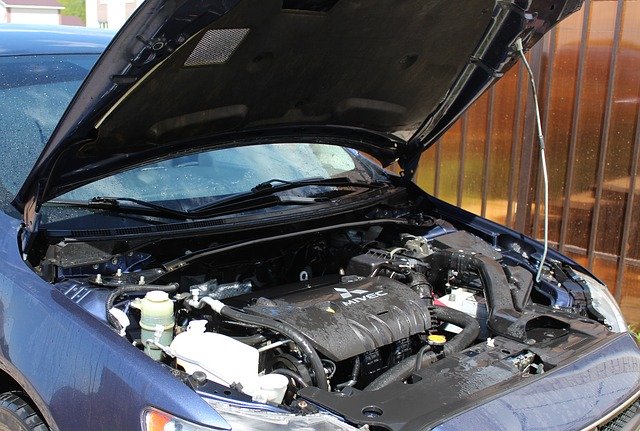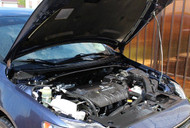Why Not to Rely on the Reservoir for Coolant Levels
12th Mar 2020

Check Coolant Levels
Consisting of a mixture antifreeze and distilled water -- for most types, at least -- coolant plays an integral role in the function of modern engines. As it circulates through your vehicle's engine, it absorbs heat. Fans then blow air over the coolant at the radiator to remove the recently absorbed heat. This cycle helps to manage the temperature of your vehicle's engine so that it doesn't overheat.
Like other automotive fluids, you should get into the habit of checking your vehicle's coolant to ensure it's not low. If there's not enough coolant, your engine may overheat. With that said, you can't rely on the reservoir level when checking your vehicle's coolant. Even if the reservoir is full, the radiator could be low or empty.
What Is the Coolant Reservoir?
The coolant reservoir is a container that's used to temporarily hold hot coolant after your vehicle has reached operating temperature. As your engine warms up, the coolant circulating through it, as well as your vehicle's radiator, will expand. Cooling systems are designed to maintain a specific amount of pressure, which is determined by the radiator cap. After the coolant expansion to the point where it reaches this pressure limit, excess coolant is vented from the radiator cap to the reservoir.
Why You Can't Rely on Reservoir Levels
The reason why you can't rely on reservoir levels when checking your vehicle's coolant is because it doesn't necessarily reflect radiator levels. If your vehicle has a cracked or otherwise leaking head gasket, for instance, it may blow combustion gases into the cooling system. As your vehicle's radiator, hoses and other cooling system passages fill with exhaust gases, coolant will be pushed into the reservoir.
How to Check Coolant Levels
The only surefire way to tell whether your vehicle is low on coolant is to check the radiator. Before proceeding, though, it's important to note that you should never open or even touch the radiator while the engine is hot. If the engine hot, coolant will be pressurized, so opening the radiator could send piping-hot liquid spewing onto your skin.
With the engine cold, slowly open the radiator cap with a rag or cloth. After removing the cap, perform a visual inspection of inside of your radiator. If you see air below the filler neck, refill with an appropriate type of coolant as recommended by your vehicle's manufacturer. When finished, twist the cap back onto the neck of the radiator.

